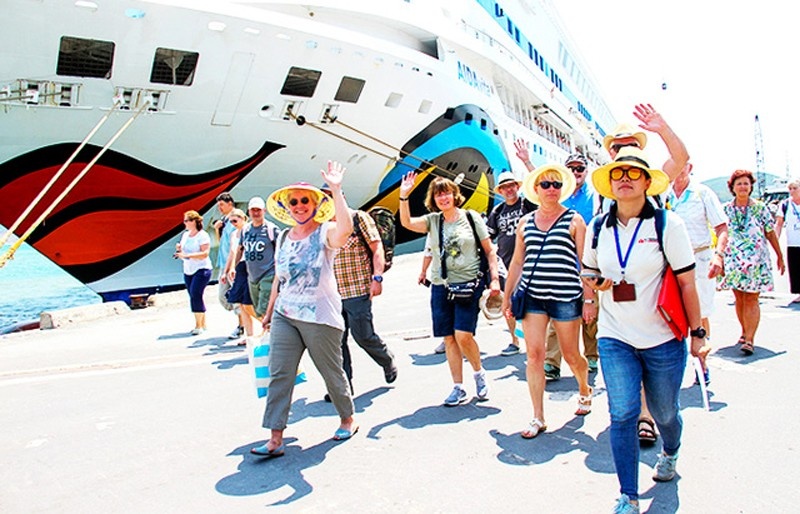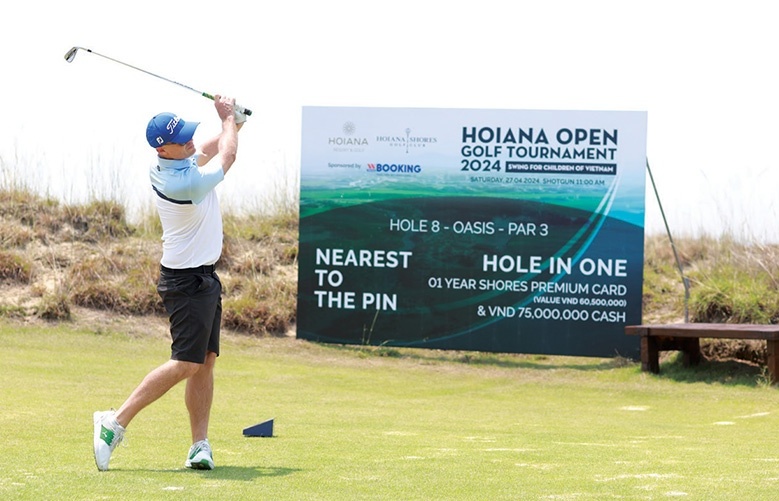Tough sell – marketing Vietnam to international travellers
 |
Yet for all its advantages, the Southeast Asian nation possessing more than 3,000 kilometres of coastline with 125 major beaches has a major problem attracting travellers to its shores.
Speaking at a recent travel forum in Ho Chi Minh City, an advisor to the City, Kieu Anh Vu, noted official statistics showed that the tourism segment contributed 4.6% (around US$7.9 billion) to the nation’s GDP in 2015.
Yet, last year, only a paltry 7.9 million international travellers came to Vietnam, a very small percentage of total arrivals in the booming Asia Pacific region and an even tinier fraction of the worldwide figures.
The problem – awareness, say officials
Vu mostly sees a relatively benign problem at the root of the nation’s sluggish tourism performance, one demanding a seemingly simple solution.
The biggest reason for the low numbers of tourist arrivals is not lack of infrastructure, crime, pollution, negative reports in the international media or even the cost of flying into and staying in the country.
The problem is the lack of awareness of Vietnam as a tourist destination.
To Vu, the failure of travellers to view Vietnam as a travel spot is the fundamental reason they have not visited the country and the solution rests in marketing to raise its tourism image.
Doan Manh Cuong from the Ministry of Culture, Sports and Tourism agreed. Awareness as a tourist destination is surprisingly low for Vietnam, Cuong noted, adding there are many reasons for this, but Vietnam largely remains a country to be discovered by most travellers.
In many markets, the failure to recognize Vietnam as a tourist destination is the biggest obstacle in attracting larger volumes of visitors to the country, echoed Noemie Robin from the French Consulate General in HCM City.
Just as importantly, noted Robin, Vietnam needs to develop and implement a comprehensive and strategic plan to reasonably develop tourism and simultaneously combat pollution.
If this isn’t done, the tourism industry will remain underdeveloped and less attractive, Robin emphasized, cautioning the country should not underestimate the interrelationship between pollution and tourism.
On the one hand, tourism gives rise to pollution – but on the other hand – too much pollution such as that found on far too many beaches in Vietnam will result in travellers never coming back for a return visit.
Most traveller from Western countries will not tolerate excessive amounts of pollution as that found throughout most of Vietnam and the international reputation of Vietnam consequently suffers tremendously.
Turning the stream into a river
So, is raising the country's international profile all it will take to make Vietnam more internationally renowned as a glamorous destination?
Those attending the tourism forum in HCM City thought so.
Vietnam beaches, mountains and jungles are spectacular. Vietnamese are warm, generous hosts. The food can, in many cases, be delicious. The country’s turbulent history and multi-layered culture are fascinating.
But none of these are new messages, and none of them have yet propelled Vietnam beyond second-tier status as an international tourist target.
A new direction, a new way of promoting Vietnam is required, they said with near unanimity.
It may be that the first step toward hitting the ambitious 10-million-visitors goal is for tourism officials to start facing up to the reality that in the travel game, reputation and perception are the backbone of marketing.
In addition, they need to acknowledge up front that Vietnam has a multitude of negative stereotypes – particularly as it relates to environmental pollution – that they need to change before it can successfully build upon its positive attributes.
The Vietnam Department of Tourism promotes the country’s attractions, and there are many to brag about. But simply glossing over serious deficiencies such as the horrific pollution on many of the country’s beaches with opulent adjectives and optimistic slogans isn’t a viable solution.
What the stars mean:
★ Poor ★ ★ Promising ★★★ Good ★★★★ Very good ★★★★★ Exceptional
Latest News
More News
- Ba Ria-Vung Tau strengthens regional links to bolster tourism (November 04, 2024 | 10:00)
- Vietnam attracts growing interest from global travellers (October 28, 2024 | 17:59)
- Vietjet receives latest aircraft from Airbus in France (October 08, 2024 | 18:02)
- Telling travel stories through movies (October 08, 2024 | 14:00)
- South Korean tourists lead Vietnam’s tourism revival (October 08, 2024 | 11:49)
- Vietnam a golden land for golf tourism (October 08, 2024 | 11:41)
- Con Dao leads the way in circular tourism (October 08, 2024 | 08:00)
- Nestlé and VNAT announce new cooperation initiative (October 02, 2024 | 15:43)
- Hanoi recognises new city-level tourist areas (September 27, 2024 | 20:25)
- Hue to host 2025 National Tourism Year (September 19, 2024 | 15:13)

















 Mobile Version
Mobile Version